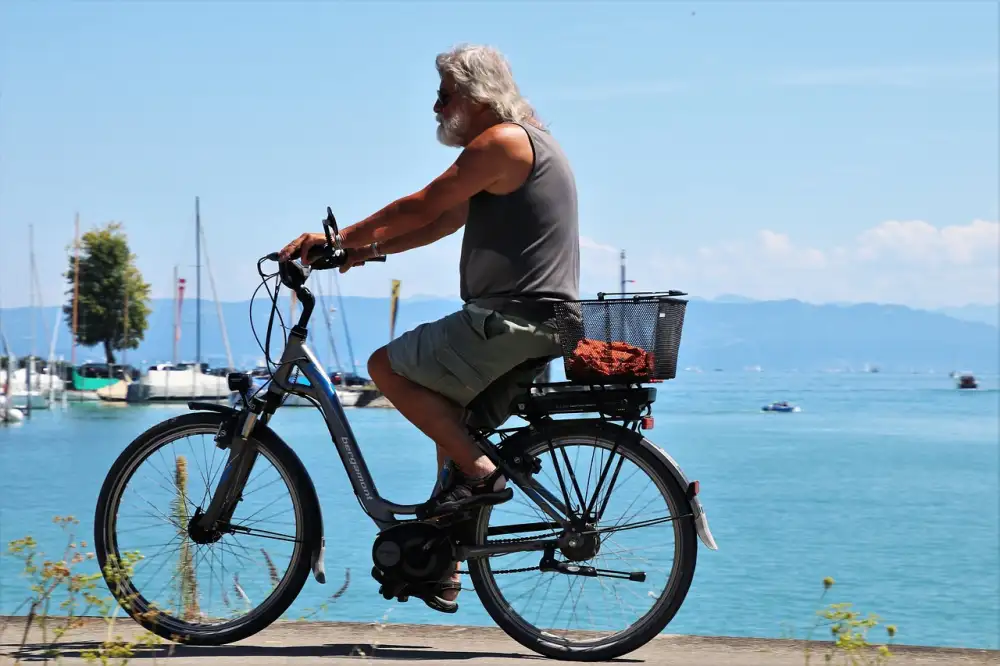How to Transport Electric Bikes Without Breaking a Sweat

Choosing the Right Method
The best approach depends on your project needs and resources. For quick and straightforward translations, machine translation engines like Google Translate or DeepL can be helpful starting points. However, they often lack nuance and accuracy, especially for complex or industry-specific content.
Human translation, while more expensive, offers unparalleled accuracy and cultural sensitivity. Professional translators possess the linguistic expertise and subject-matter knowledge to deliver high-quality translations tailored to your target audience.
A hybrid approach, combining machine translation with human post-editing, can be a cost-effective solution. This involves using machine translation for the initial draft and then having human translators refine the text for accuracy, fluency, and style.
Preparing Your E-Bike
Before you hit the road, take a few minutes to ensure your e-bike is ready to roll. First, check your battery level and charge it fully if needed. A full charge can take several hours, so plan accordingly. Next, inspect your tires for proper inflation and any signs of wear and tear. Don't forget to check your brakes for responsiveness and adjust as necessary. Finally, familiarize yourself with your e-bike's display, assist levels, and other controls. A little preparation goes a long way in ensuring a smooth and enjoyable ride.
Securing the Battery
A secure battery mounting system is crucial for safety and performance. Loose batteries can cause damage, short circuits, or even fires. Always use the appropriate mounting brackets and hardware designed for your specific battery type and application. Ensure the mounting location is clean, dry, and free from vibrations that could loosen connections over time. Regularly inspect the battery, terminals, and wiring for any signs of wear, corrosion, or damage. If you notice anything unusual, such as swelling, leaks, or excessive heat, discontinue use immediately and consult a qualified technician. Remember, a well-secured battery is a safe and reliable battery.
id="transporting-in-a-vehicle">Transporting in a Vehicle Using Public Transportation Shipping Your E-BikeShipping an e-bike requires special care due to its weight, battery, and delicate components. Here’s a breakdown:
Preparation is Key: Fully charge your e-bike's battery. Take pictures of your bike from various angles before disassembling it. Remove any accessories like lights or bags. Deflate the tires slightly to absorb shocks during transit.
Packaging: Use a sturdy bike box, preferably the original one if you have it. Secure the fork with a spacer and protect the frame with foam padding.

Battery Handling: Check with your chosen carrier about their battery shipping regulations. Most require the battery to be removed and shipped separately, properly insulated and labeled.
Choosing a Carrier: Compare shipping costs and services from reputable carriers specializing in bike transportation. Provide accurate dimensions and weight for an accurate quote.
Insurance: Insure your e-bike for its full value to cover any potential damage or loss during shipping.
By following these steps, you can ensure your e-bike arrives at its destination safely and ready to ride.
| Feature | Car Rack | Truck Bed | Bus | Airplane |
|---|---|---|---|---|
| Cost | $100-$500 (rack purchase) | Variable (fuel costs) | $25-$75 (bike fee) | $100-$300 (bike fee) |
| Convenience | Medium (installation required) | High (easy loading) | Low (limited availability) | Low (disassembly often required) |
| Suitable Distance | Short to Medium | Short to Long | Short to Medium | Long |
Tips for Easy Transport
Planning a trip but dreading the transportation logistics? Don't worry, it doesn't have to be a hassle! First things first, pack light to avoid lugging heavy suitcases. Consider versatile clothing items that can be mixed and matched. Next, research your destination's transportation options. Are there reliable public transportation systems like buses or trains? If so, familiarize yourself with the routes and schedules. For shorter distances, walking is a great way to explore and save money. Don't forget about ride-sharing services or taxis for convenient door-to-door transportation. And if you plan on renting a car, book in advance, especially during peak season. With a little planning, transportation can be the easiest part of your trip.
Published: 10. 06. 2024
Category: lifestyle



